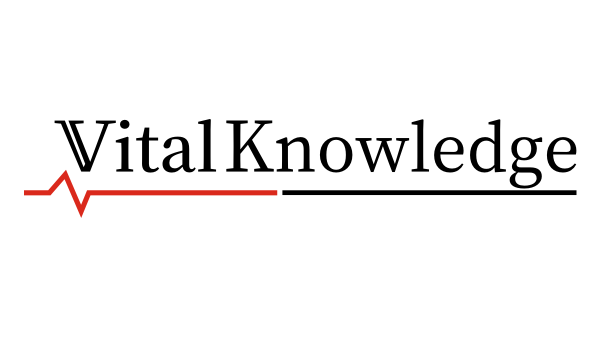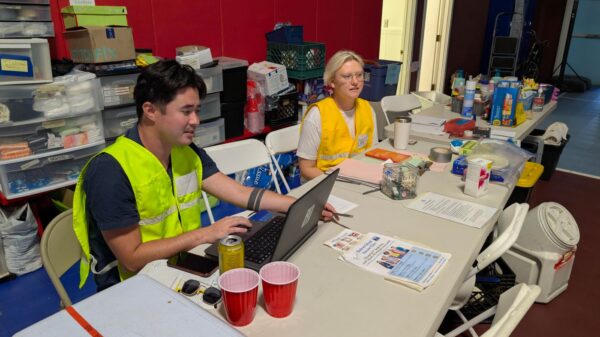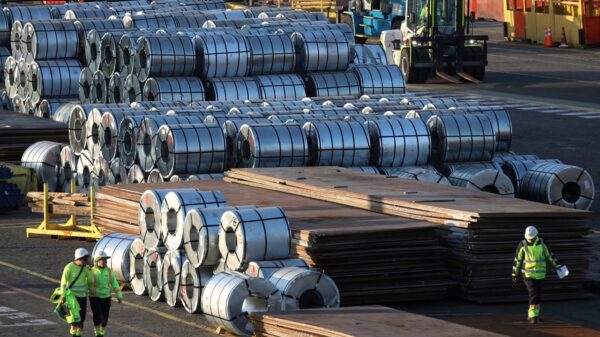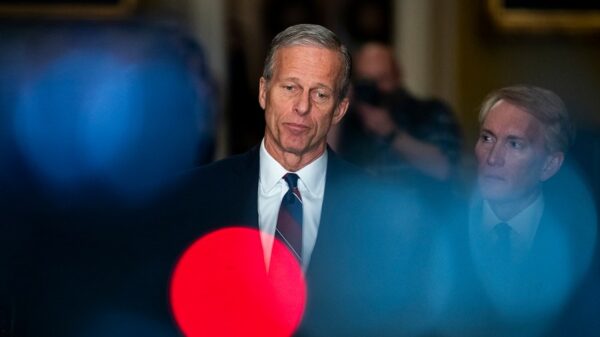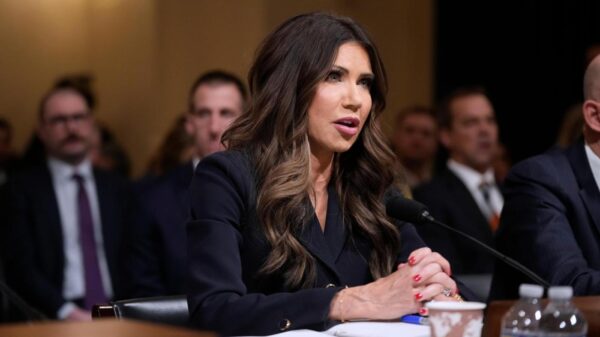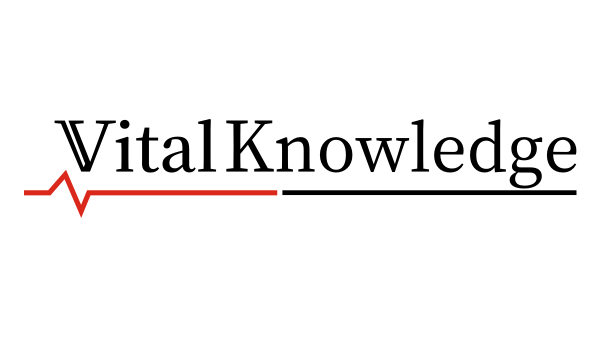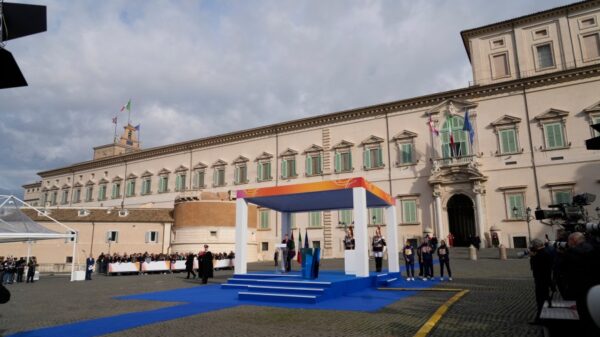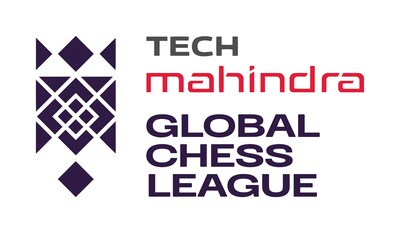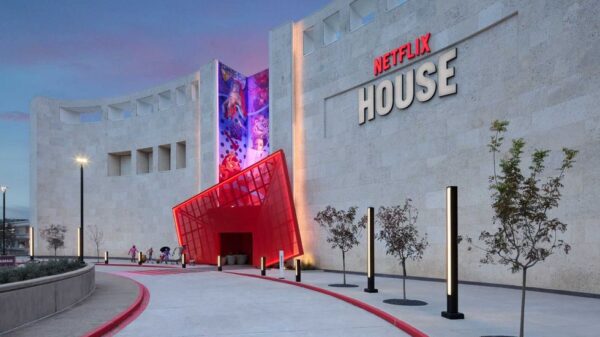Recent data from the Purchasing Managers’ Index (PMI) has highlighted significant developments in the Gulf region’s economic landscape. According to a report by TS Lombard, the PMI figures reflect a mix of growth and challenges faced by countries within the Gulf Cooperation Council (GCC). This analysis comes as these nations continue to pursue economic diversification efforts aimed at reducing reliance on oil revenues.
The latest PMI results indicate that the UAE and Saudi Arabia are showing promising signs of economic activity. In October 2023, the UAE’s PMI rose to 55.2, up from 54.5 in September, suggesting expansion in the non-oil sector. Similarly, Saudi Arabia’s PMI improved to 56.0, reflecting robust growth in manufacturing and services.
Economic Diversification Efforts in Focus
The Gulf region has been actively working on initiatives to diversify its economies beyond oil dependency. According to TS Lombard, the UAE’s Vision 2021 aims to create a sustainable economy through innovation and investment in various sectors such as tourism, technology, and manufacturing. The report emphasizes that these economic strategies are starting to yield results, particularly in the non-oil sectors.
In Qatar, efforts to enhance local businesses and attract foreign investment are also gaining momentum. The country has undertaken significant infrastructure projects and is focusing on developing its financial and logistics sectors. Such initiatives are crucial for bolstering economic resilience and ensuring long-term growth.
The report further highlights that while positive trends are evident, challenges remain. Inflation rates, supply chain disruptions, and global economic conditions continue to pose risks for the region. TS Lombard notes that the GCC must navigate these issues carefully to sustain the growth momentum demonstrated in the latest PMI figures.
Future Outlook and Implications
Looking ahead, the performance of the Gulf economies will likely hinge on their ability to adapt to changing global markets and internal dynamics. TS Lombard suggests that ongoing investments in education, technology, and sustainability will be vital in shaping the future economic landscape of the region.
As the GCC countries continue to implement their diversification plans, the implications for regional stability and economic performance are significant. Success in these endeavors could enhance the region’s competitiveness on the global stage and attract further investment opportunities.
In conclusion, the latest PMI data provides a snapshot of the Gulf region’s economic health, underscoring both achievements and ongoing challenges. The commitment to economic diversification remains a critical priority as nations work to secure sustainable growth and resilience in an evolving global economy.

